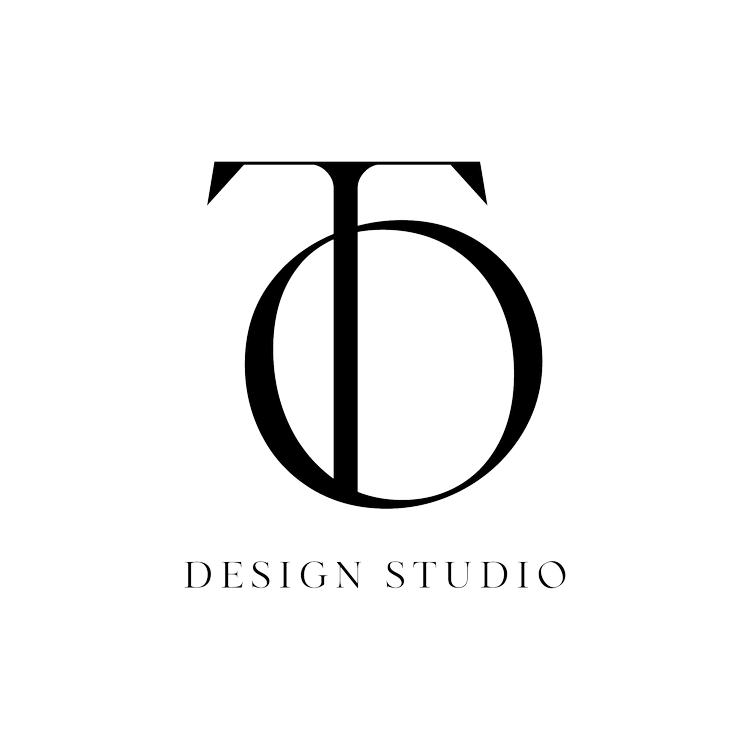In interior design, mood boards play a vital role and are a significant component of the design process. These visual representations convey a space's intended feel, look, and style. Let me tell you why!
Visual Communication: Mood boards assist designers in explaining their concepts to clients, members of the team, and collaborators. Mood boards offer a solid visual reference that everyone can grasp rather than depending primarily on verbal descriptions.
Conceptualization: Mood boards assist designers in organizing their ideas and conceptualizing the overall design direction. Designers can build a unified and comprehensive concept for the room by collecting photographs of colors, textures, patterns, furniture, and accessories.
Coherence and Consistency: Mood boards guarantee that all design aspects complement one another. Designers may examine how various colors, patterns, and textures interact with one another, maintaining a consistent and coherent design language throughout the area.
Client Collaboration: Mood boards make it easier for clients to provide input and feedback. Clients may better visualize the designer's ideas and provide feedback to ensure the final design meets their tastes and demands.
Decision Making: Mood boards benefit overall design decisions by allowing designers and clients to see how various components interact. They can try out numerous combinations before settling on certain goods, colors, or furnishings.
Inspiration and creativity: Designers use mood boards as a source of inspiration. Designers may stimulate creativity and explore new design ideas by collecting photos that capture the intended environment, style, and atmosphere.
Alignment and direction: Mood boards serve as an initial point of reference for everyone on the design team. They keep participants on the same page and guarantee that the design stays true to the planned vision.
Project focus: Mood boards serve as a visual foundation for the project, maintaining designers on track during the development phase. They keep designers on track and prevent unneeded diversions.
Clients’ Confidence: Clients' faith in the designer's ability increases when they can see a concrete depiction of the design proposal through a visualization board. It eliminates ambiguity and boosts confidence in the design process.
Presentation tool: Mood boards are fantastic presenting tools for client meetings, pitches, and design reviews. They aid in the clear and powerful communication of complex design ideas.
To sum up, mood boards are essential tools in interior design since they enhance interaction, collaboration, making decisions, and creativity. They are responsible for bridging the gap between conceptions and reality, steering the design process from initial ideas to the final construction of a unified and aesthetically beautiful interior space.
